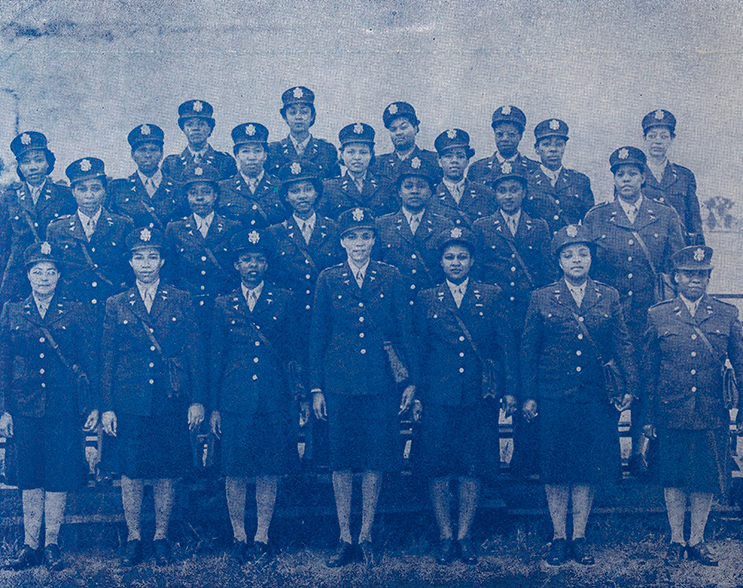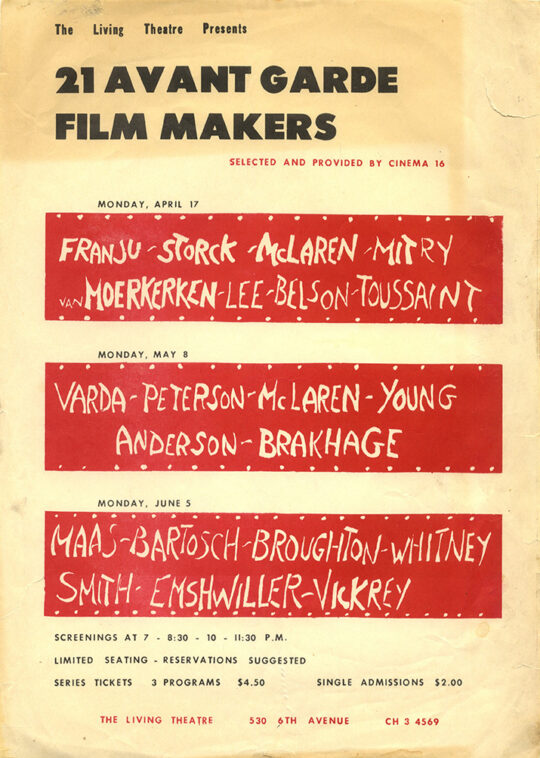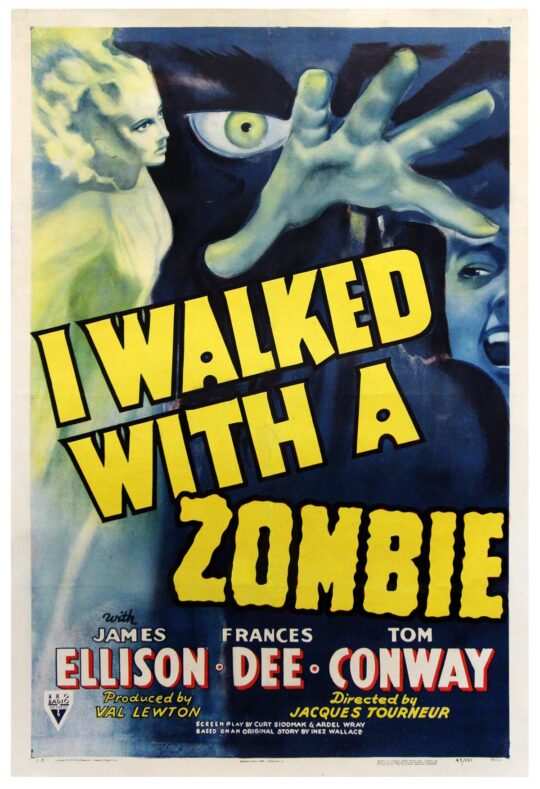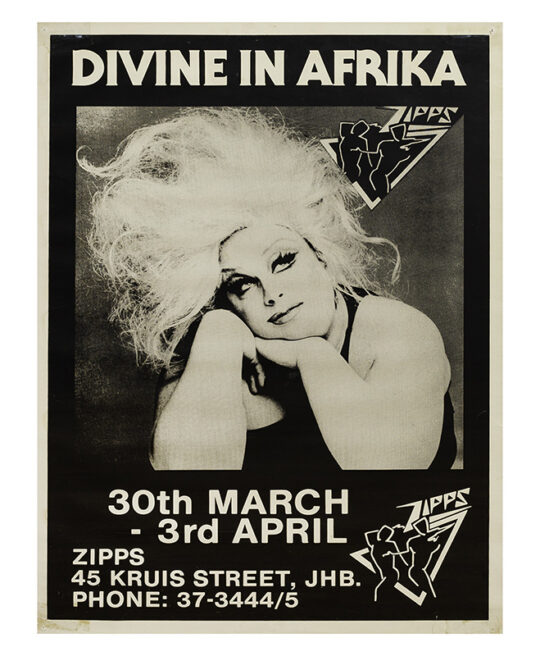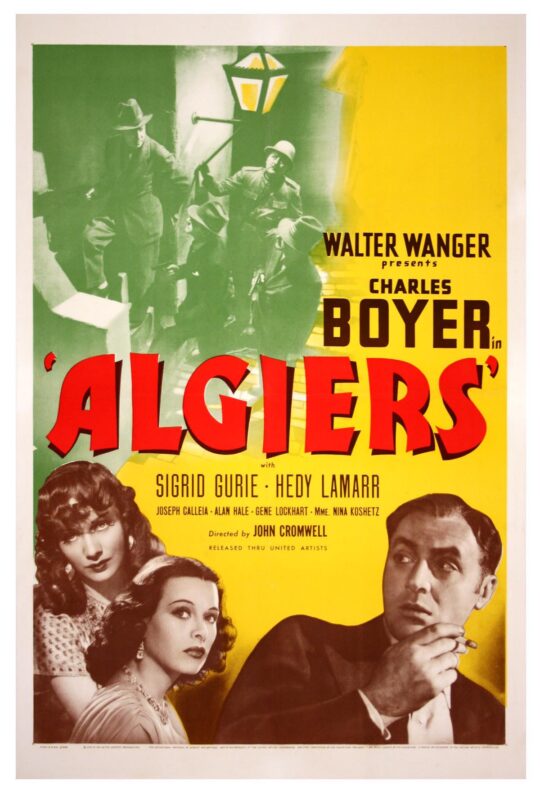CALL TO DUTY (1946) WWII recruitment poster
(African American cinema) Vintage original 41 x 28 ½” (104 x 72 cm.) poster, USA. New York: Astor Pictures, 1946. On linen, with minor conservation to address small tears and a few creases, NEAR FINE.
During and immediately after World War II, a few films were made about African Americans serving in the military and contributing to the war effort. Producer William D. Alexander was a very important early African American filmmaker. He grew up in Colorado and was educated at Colorado State College of Education, now the University of Northern Colorado, and Chicago State University. In 1941, Alexander relocated to Washington, D.C., where he was employed by the National Youth Administration. He worked for a radio program, where his responsibilities involved interviewing African Americans who worked for the federal government and producing stories about Washington’s Black middle class.
During World War II, Alexander worked for the Office of War Information, producing press releases and newsreels relaying news concerning African American soldiers and sailors. Alexander and his colleagues produced more than 250 newsreels, which were released under the title ALL-AMERICAN NEWS. In 1945, Alexander relocated to New York City, where he established his own production company, Alexander Productions, and founded the Associated Film Producers of Negro Motion Pictures.
Alexander produced musical shorts, such as JIVIN’ IN BEBOP (featuring Dizzy Gillespie), BURLESQUE IN HARLEM, and OPEN THE DOOR, RICHARD (whose theme later became a hit record). He also produced features, including THE FIGHT NEVER ENDS (in which boxer Joe Louis, starring as himself, fought juvenile delinquency), THE HIGHEST TRADITION, and RHYTHM IN A RIFF (which featured Billy Eckstine). Alexander’s SOULS OF SIN has been described as the last race movie made by a Black producer.
This film short is of unusual interest because it includes footage of the first-time recruitment of Black women into the Navy and Coast Guard. This is an exceedingly scarce poster, one of two known examples (and none known to OCLC). Richards 153. Kisch, p. 124.
Out of stock


